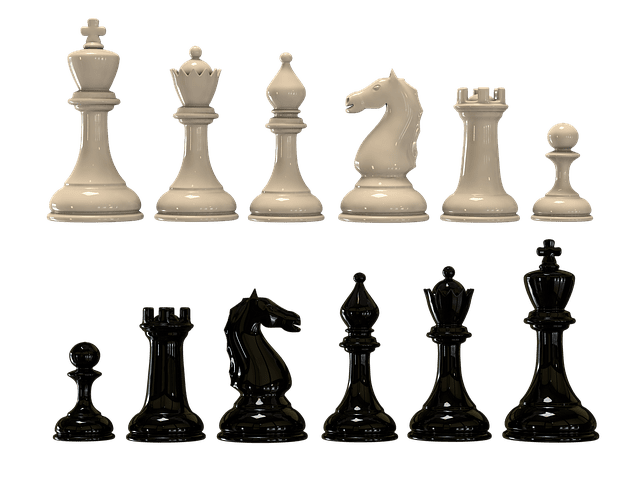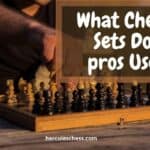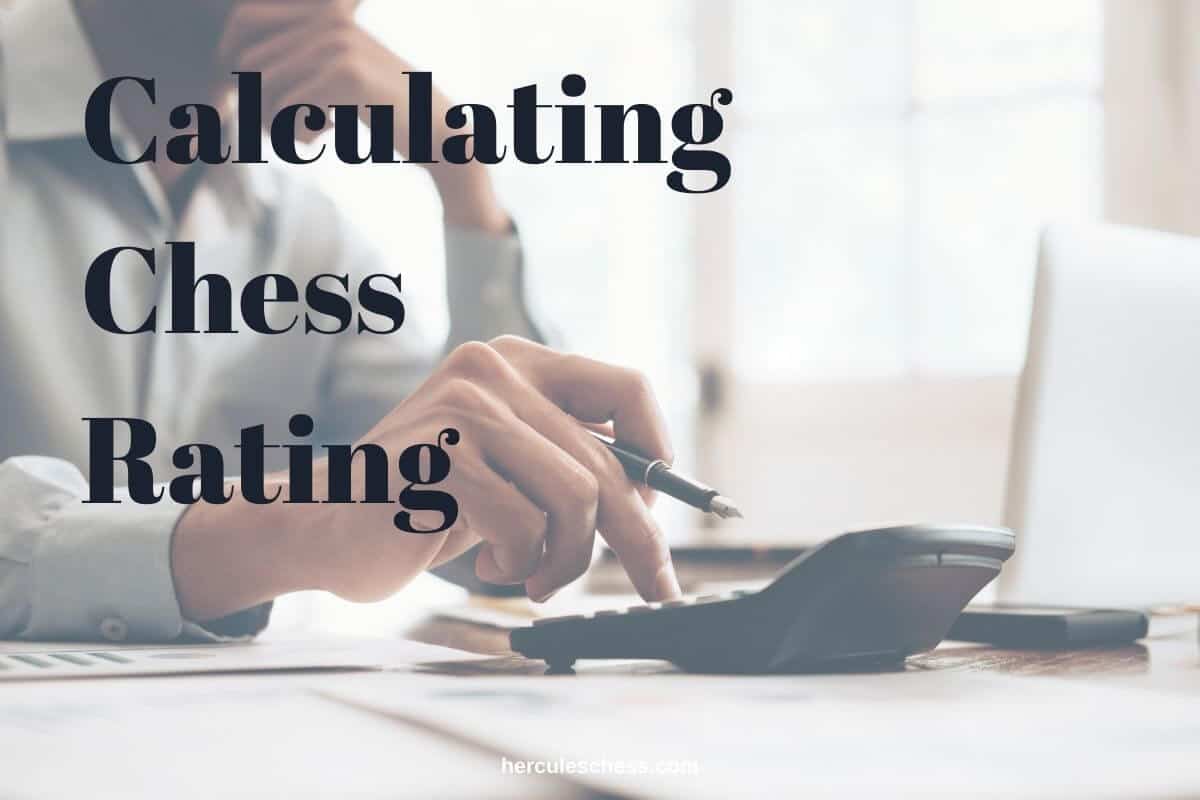Each different type of chess piece has a certain number of points and in this article we will find out exactly what each is worth. In chess, the word force does not refer to an obscure mystical concept. Nor is the concept of force difficult to understand. When I speak of force , I am referring to the strength of the pieces, either individually or in groups. For example, if you and your opponent have the same pieces on the board and you have one pawn more than your opponent, you have an advantage in force, also known as material advantage.
Gaining a material advantage is one of the best ways to win a game of chess. If you can capture all of your opponent’s pieces, his king will be defenseless and your army can easily hunt it down for the big checkmate.
If material is even but you have most of your army aimed at the kingside, whereas your opponent has only a couple of defenders in that sector, then you have an advantage in force on the kingside. Thus, you can have two kinds of advantages in force
- More pieces overall
- More pieces in a particular area of the board
Point Value Of The Chess Pieces
As a game progresses and pieces are traded or lost, it is not at all unusual for the armies to be left with different types of men. For example, White have two rooks, one bishop and six pawns whereas Black may have two rooks, one bishop, one knight and three pawns. Who is ahead?
White:

Black:

The easiest way to answer this question is by using a system that assigns a numerical value to each piece. Then you can asses what each army is worth. In order of increasing importance, numerical values are assigned as follow to each chess piece:
Table Showing Numerical Value of the Chess pieces:
| Chess Piece | Point Value |
| Pawn | 1 |
| Knight | 3 |
| Bishop | 3 |
| Rook | 5 |
| Queen | 9 |
| King | Infinite Value |
The king has an infinite value because its loss means the loss of the game. Now we can determine whether White is ahead with two rooks, one bishop and six pawns or whether Black has the edge with two rooks, one bishop, one knight and three pawns.
White’s two rooks are worth 10 points, his bishop is worth 3 points, and his six pawns are worth 6 points, for a total of 19 points. Black’s two rooks are worth 10 points, his bishop is worth 3 points and his three pawns are worth 3 points.
Black’s grand total is 19 points; exactly the same as White. We can now see that neither side is materially ahead.
Typical Material Imbalances
- A Queen (9 points) versus two Rooks (10 points): The two Rooks are favored.
- A Queen (9 points) and a pawn (1 point) versus a Rook (5 points), a Bishop (3 points), and a Knight (3 points): The side with the Queen has a material disadvantage with 10 points, compared with a total of 11 points for the enemy pieces.
- A Knight (3 points) versus three pawns (3 points): Here neither side has an advantage
- A Rook (5 points) and a pawn (1 point) versus a Bishop (3 points) and a Knight (3 points): As far as points go it’s 6-6 (an even match). However here is a case in which the numbers may not accurately reflect the true advantage in force. Two minor pieces are usually more active than a Rook and a pawn, especially when many other pieces are on the board. So the two minor pieces are usually considered more valuable.
- A Rook (5 points) versus a Bishop (3 points) and two pawns (2 points): These positions are about equal.
Conclusion
You should now be able to figure out whether trading one of your men for one of your opponent’s is favourable to you or to him, at least in terms of force. However, I must warn you against relying too heavily on numbers. Though this table of values is a useful tool, they tend to be more accurate in some types of positions than in others. In one position, three pawns may be superior to a minor piece, whereas in another position, you might well find that a Bishop or Knight completely outweighs three pawns.
Thus after assessing the material advantage in terms of points, you must always take another look at the particular position on the board to see whether it warrants getting involved in the “numbers racket”. Use the values as a guide but use your own eyes as well :).
Related Post: How to play chess for beginners






